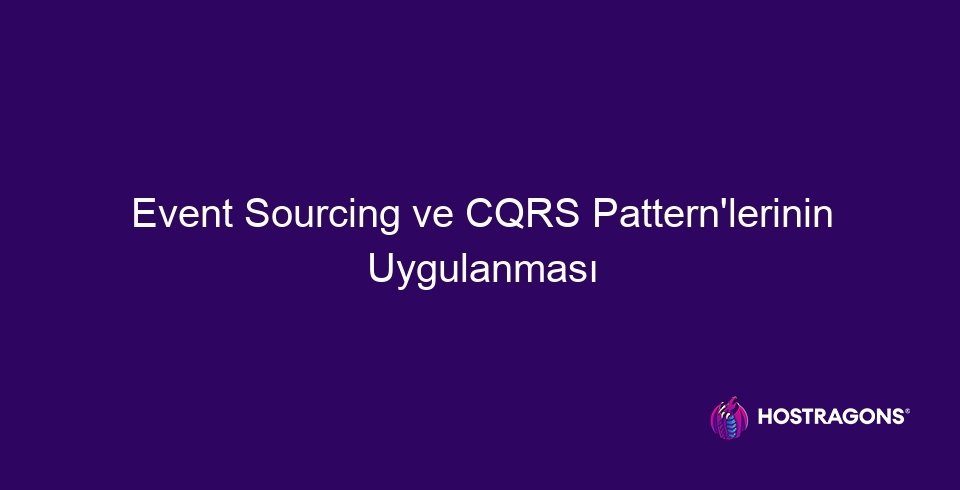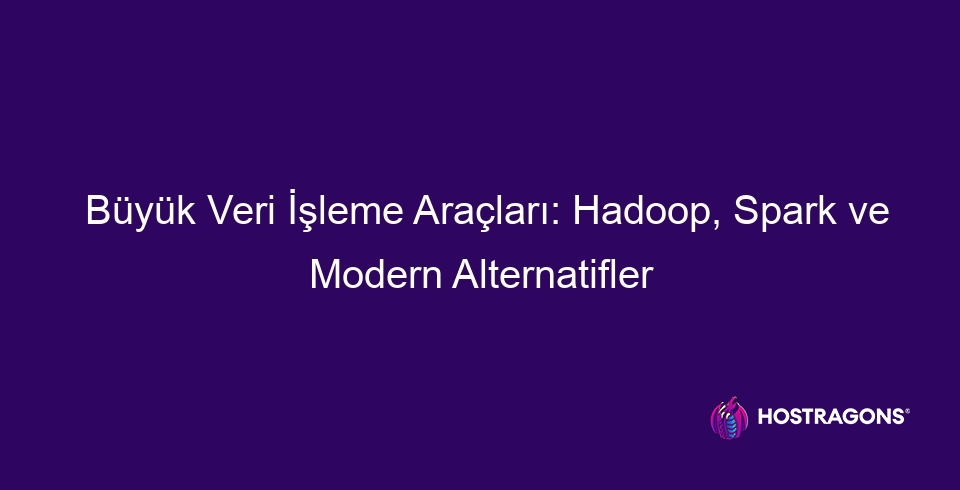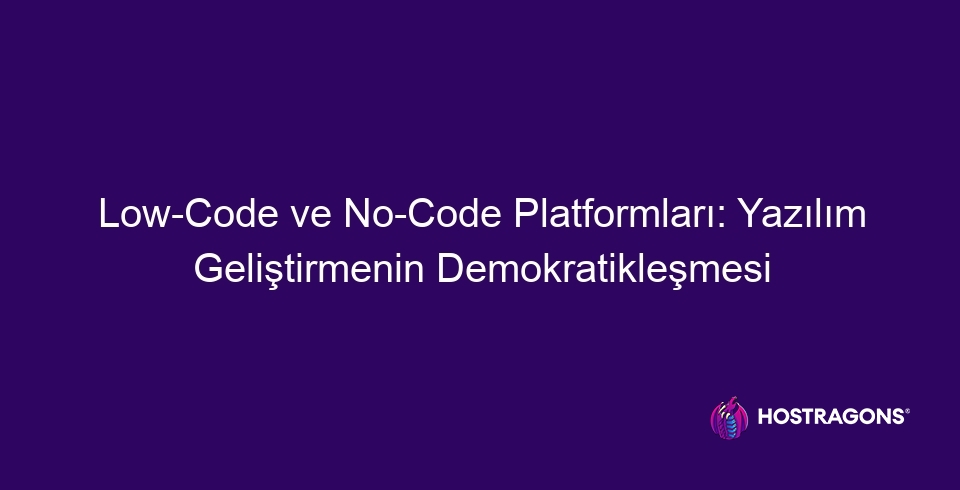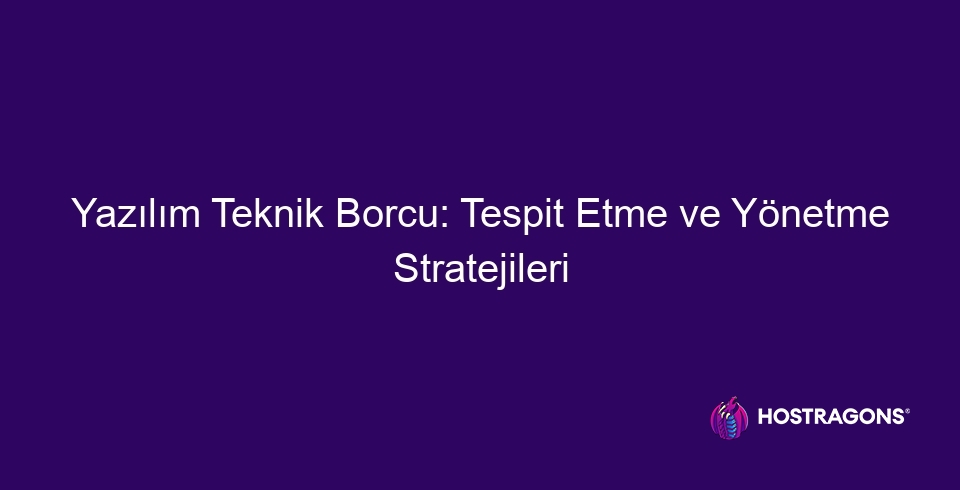Free 1-Year Domain Offer with WordPress GO Service
This category covers software necessary for web hosting and site management. It includes information and user guides for tools such as control panels (cPanel, Plesk, etc.), FTP programs, content management systems (WordPress, Joomla, etc.), and email software.

Serverless Architecture and Function-as-a-Service (FaaS) Platforms
This blog post takes an in-depth look at Serverless Architecture, which is revolutionizing modern software development. It begins with the fundamental concepts and principles of Serverless and explains the key components of Function-as-a-Service (FaaS) platforms. It delves into the advantages (cost optimization, scalability) and disadvantages (cold starts, dependencies) of Serverless. It introduces best practices and popular platforms (AWS Lambda, Azure Functions, Google Cloud Functions) to consider when developing FaaS applications. It highlights key considerations for getting started with FaaS, effective project management strategies, and common pitfalls. Finally, it outlines how you can prepare for the future with the opportunities offered by Serverless Architecture. What is Serverless Architecture? Fundamental Concepts and Principles Serverless architecture, application development...
Continue reading

Implementing Event Sourcing and CQRS Patterns
This blog post delves into the Event Sourcing and CQRS design patterns, which are frequently encountered in modern software architectures. It first explains what Event Sourcing and CQRS are, comparing their advantages and disadvantages. It then explores the key features of the CQRS design pattern and illustrates how it can be integrated with Event Sourcing with examples. It clears up common misconceptions, offers practical tips, and emphasizes the importance of goal-setting for successful implementations. Finally, it offers a perspective on the future of Event Sourcing and CQRS, demonstrating the potential of these powerful tools in the software development world. What are Event Sourcing and CQRS? Event Sourcing is an approach to recording changes in an application's state as a sequence of events. Traditional methods have...
Continue reading

Machine Learning Libraries: TensorFlow, PyTorch, and Scikit-learn
This blog post provides a comprehensive introduction to the world of Machine Learning (ML), delving into the most popular ML libraries: TensorFlow, PyTorch, and Scikit-learn. It highlights the importance of machine learning and its applications, details the key differences between TensorFlow and PyTorch, and details the features and uses of Scikit-learn. After discussing data preprocessing steps, a comparison table is presented to illustrate which library is best suited for which projects. Examples from real-world ML applications are provided, demonstrating the advantages of each library for simple model building, deep learning development, and data science projects. Ultimately, it helps readers choose the most suitable ML library for their needs. What is Machine Learning?
Continue reading

Big Data Processing Tools: Hadoop, Spark, and Modern Alternatives
Big Data, a critically important dataset for businesses today, refers to datasets that, due to their sheer volume, speed, and variety, are unprocessable using traditional methods. This blog post explains what Big Data is and why it's important, while also examining popular processing tools like Hadoop and Spark in detail. It compares the advantages and disadvantages of Hadoop, data processing processes with Spark, and modern alternatives. It also discusses considerations when choosing a tool, the differences between Hadoop and Spark, successful strategies, their impact on the business world, and tools that increase productivity. Ultimately, choosing the right tools and developing effective strategies for Big Data projects is crucial for businesses to achieve competitive advantage. Big...
Continue reading

Low-Code and No-Code Platforms: The Democratization of Software Development
Low-code and no-code platforms are democratizing software development, allowing even those without technical knowledge to create applications. These platforms cater to diverse needs and offer significant advantages in rapid prototyping and application development. This article examines the differences between low-code and no-code, tips for use, successful examples, and their future potential. It also offers advice on clearing up common misconceptions and selecting an effective platform. While the future of software development is being shaped by low-code and no-code, these platforms are making it possible to create faster, more flexible, and more accessible solutions. An Overview of the Democratization of Software Development: Software development was once considered a complex process that could only be accomplished by specialized programmers and developers. However, today...
Continue reading

JAMstack Architecture and Static Site Generators
JAMstack Architecture is one of the increasingly popular approaches to modern web development. This architecture combines JavaScript, APIs, and markup to create faster, more secure, and more scalable websites. This article explains in detail what JAMstack Architecture is, its core concepts, and why it's a good choice. It provides a step-by-step explanation of how to integrate static site generators (SSGs) with JAMstack, and evaluates the most popular SSG options and selection criteria. It examines the impact of JAMstack on performance, security, and SEO, and offers tips for a successful JAMstack project. Finally, it highlights how to adapt JAMstack Architecture to the future of web development and the necessary steps to take. What is JAMstack Architecture? Basic Concepts and...
Continue reading

Software Licensing Models: Open Source vs. Commercial Software
This blog post offers a comprehensive overview of software licensing. It explains the fundamental concepts of software licensing and examines the differences between open source and commercial software, along with their advantages and disadvantages. It addresses critical issues such as cost, support, use cases, and key considerations, while also exploring the impact of new technologies on licensing and the relationship between user experience. Our goal is to guide readers on which situations make open source and commercial software more suitable, and to help them make sound software licensing decisions. A frequently asked questions section addresses any potential questions readers may have. What is Software Licensing? Basic Concepts Software licensing is the legal framework governing the use rights of a software product...
Continue reading

Backend-as-a-Service (BaaS) Platforms and Use Cases
Backend-as-a-Service (BaaS) platforms accelerate development processes by eliminating the need for application developers to manage server-side infrastructure. This blog post examines what Backend-as-a-Service (BaaS) is, its basic concepts, and its advantages and disadvantages in detail. It explains BaaS use cases, popular providers, and the application development process, while also addressing critical issues such as data management and security measures. It also offers tips for success with BaaS applications, highlighting their future potential. Developing with BaaS can save time and utilize resources efficiently. What is Backend-as-a-Service? Key Concepts Backend-as-a-Service (BaaS) is a cloud-based service model that allows mobile and web application developers to develop applications without the burden of managing the backend infrastructure. In traditional application development processes,...
Continue reading

Software Technical Debt: Strategies for Identifying and Managing It
Software technical debt, a common problem in software projects, can lead to performance degradation and increased costs over time. This blog post provides a detailed examination of what software technical debt is, why it occurs, and how to identify it. It also discusses tools and mitigation strategies for managing software technical debt. The impact of software technical debt, related statistics, and best practices are presented, along with forward-thinking recommendations to help you optimize your software development processes. By reducing technical debt in your software projects, you can create a more sustainable and efficient development environment. What is Software Technical Debt? Software Technical Debt is a problem that can occur during the software development process, either quickly or more easily...
Continue reading

Software Encryption Techniques and Best Practices
This blog post comprehensively covers software encryption techniques and best practices. It highlights the fundamental principles and importance of software encryption and examines the most popular encryption methods. It explains the steps involved in the encryption process, assessing their advantages and disadvantages. It provides information on considerations for secure software encryption, the tools used, and future trends. It outlines the keys to success and provides a practical guide for developers. What Are the Fundamental Principles of Software Encryption? Software encryption is critical for protecting sensitive data and preventing unauthorized access. This process involves converting data from a readable format to a complex format that only authorized individuals can decrypt. This process is accomplished using encryption algorithms and keys...
Continue reading

